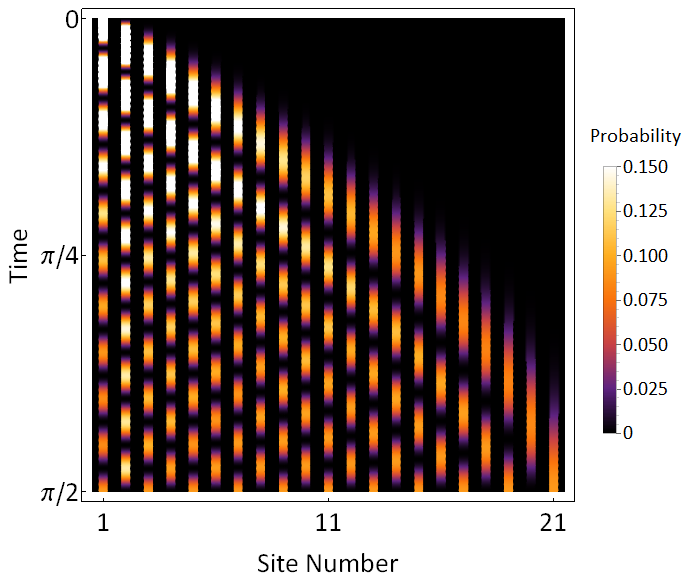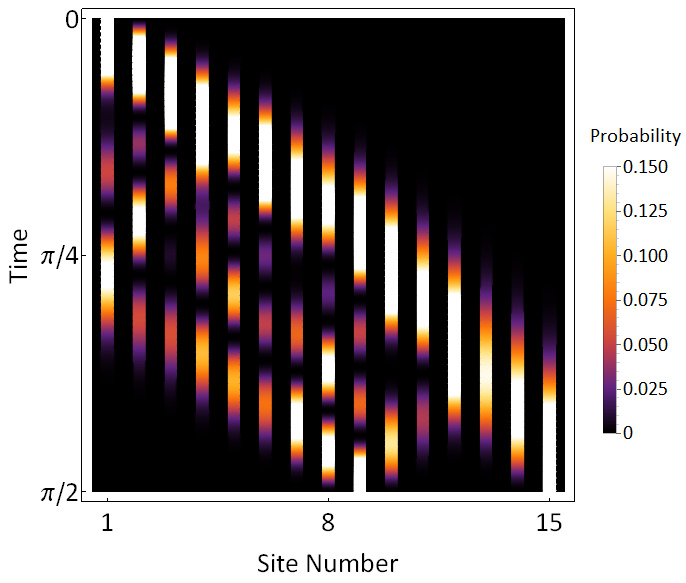Quantum State Synthesis
When it comes down to it, quantum information is about messing around with quantum states. You produce some nice quantum state that has some exotic properties, and then you use those properties as some sort of resource to achieve the result of some funky task, whether it's communication, computation, or possibly something we haven't even thought of yet. In some sense, the use of the state as a resource is the easy part; the most difficult stuff is building whatever those exotic properties are in the state - they hold all the power, all the complexity, involved in achieving the end result. So, it's critical to know how to produce quantum states in a relatively easy, quick, robust (i.e. error-free) manner. That's our goal.
To date, in fact, there aren't so many interesteing states that we want to make. Partly, this is because large classes of states are inter-convertible, so you only have to be able to make one representative of that whole class. It's also partly because there are certain states that are mathematically so nice, that's what the theorists always play with. So, that doesn't mean that other states aren't interesting, but there are certain ones that we know we want to produce. These include the Bell-states (two-qubit entangled states), GHZ states and W-states (both of which are many-body entangled states, but very different in nature) and cluster states (as used as a resource for universal quantum computation).
Our goal is to learn how to tune the parameters of experimentally relevant Hamiltonians so that their intrinsic dynamics produce the states that we want. These can be expected to be easier to implement in experimental scenarios, because there isn't lots of time-varying control required, and indeed, the results can be faster (and hence less noise-prone) than following standard construction techniques such as via the gate model.
Below, we see the results of one such construction, where the coupling strengths of a hopping Hamiltonian are tuned so that an excitaiton initially localised on the first site (top) spreads into a superposition of every second qubit on the chain (a W-state).

We can also see how a Bell state can be created between a particular pair of sites in a similar manner.

- A. Kay, New J. Phys. 19, 043019 (2017).
- A. Kay, Quantum 1, 24 (2017).
